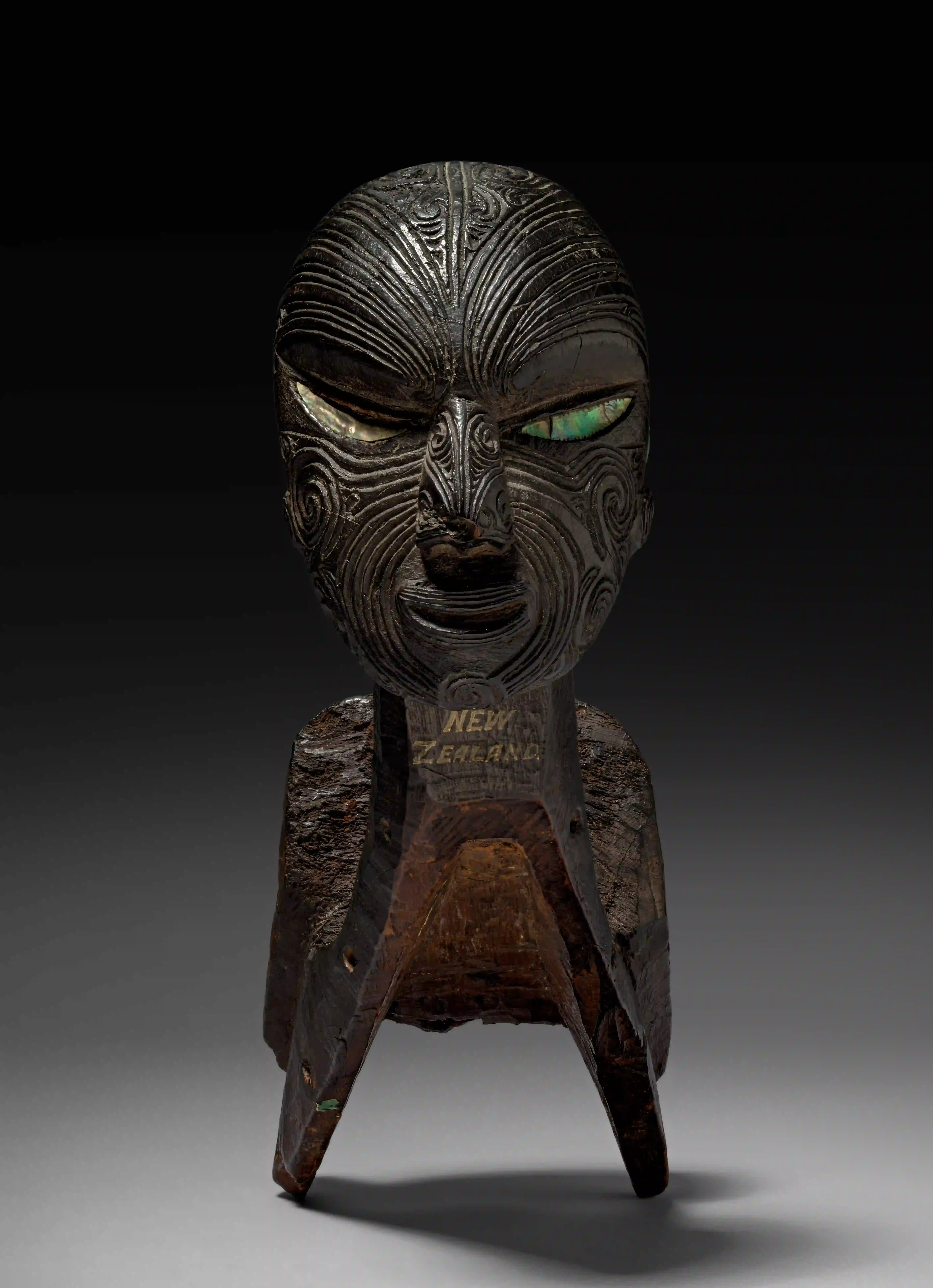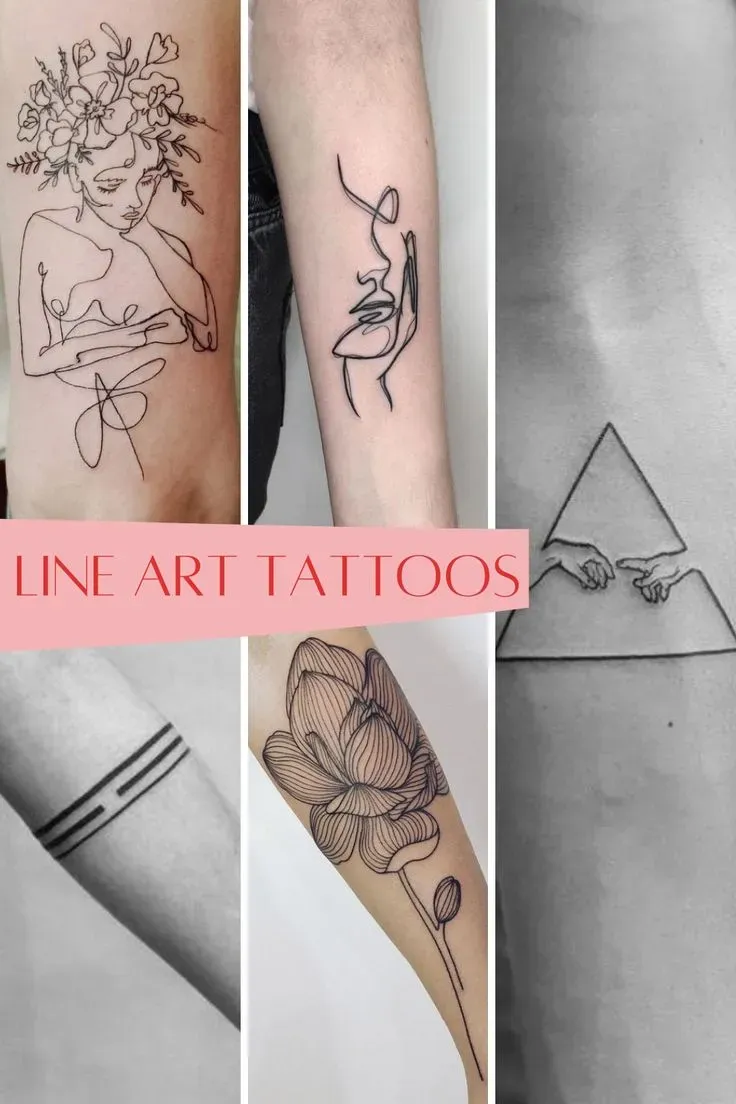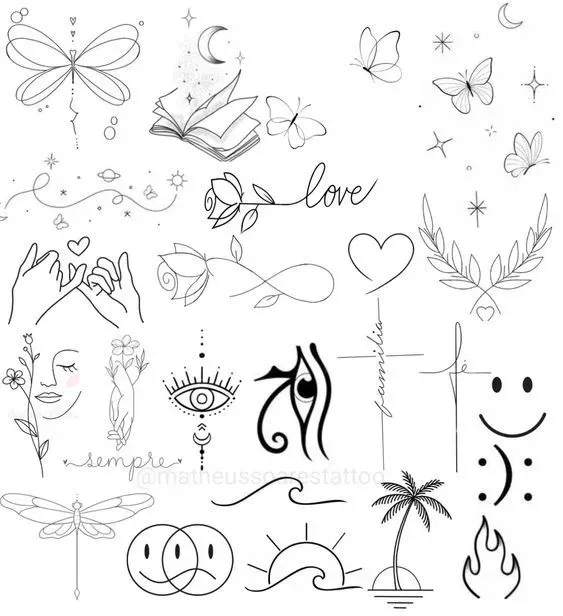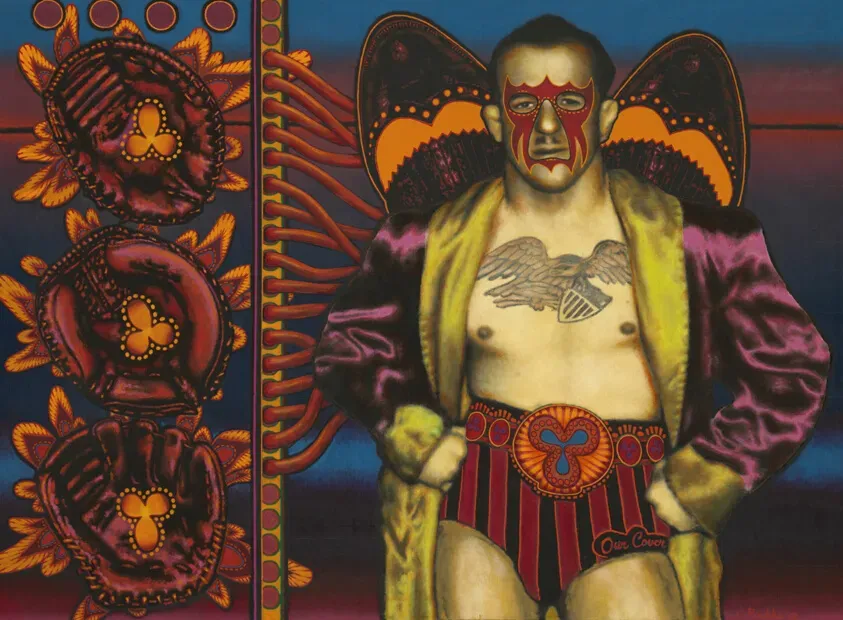Table of Contents
Walking into a tattoo shop can feel like stepping into an art gallery, only the canvas is, well, you. Decisions abound: color or blackwork? Big piece or small? And then there's the style. Lately, one style keeps popping up everywhere, clean, minimalist, and surprisingly impactful: tattoo designs line art. It's not just a trend; it's a deliberate choice to strip away the noise and rely purely on the power of the line.
What Exactly Are Line Art Tattoo Designs?
What Exactly Are Line Art Tattoo Designs?
Defining the Bare Bones
So, you're wondering what the deal is with tattoo designs line art? Picture this: it's tattooing stripped down to its absolute core. Forget the heavy shading, the intricate color gradients, the photorealistic details that look like they're about to jump off the skin. Line art is precisely what it sounds like – it uses lines, and often *only* lines, to create an image.
Think of a simple sketch in a notebook, or a classic woodcut print. The design relies entirely on the thickness, flow, and placement of the lines to convey form, texture, and emotion. There's no room to hide behind complex shading or vibrant hues. It's a bold commitment to minimalism, where every single line has to pull its weight.
The Skill Behind the Simplicity
Now, don't mistake "simple" for "easy." Creating effective tattoo designs line art requires a different kind of mastery than, say, a full-color portrait.
An artist needs an incredibly steady hand and a deep understanding of how lines interact on the skin. They have to consider line weight – how thick or thin a line is – to create depth and contrast. A single shaky line can ruin the whole piece. It's about precision, planning, and executing a clean, consistent stroke that will heal well and look sharp for years.
It’s less about blending pigments and more about the architectural integrity of the design itself.
Key Elements of Line Art Tattoos | What It Means |
|---|---|
Line Weight Variation | Using different line thicknesses for effect. |
Negative Space | The empty areas are as important as the lines. |
Clean Execution | Smooth, consistent lines are crucial. |
Minimalism | Focus on essential forms and details. |
Why Less Can Be More
Why are people drawn to this style of tattoo designs line art? Part of it is the aesthetic, of course. It feels modern, clean, and understated. It doesn't scream for attention but rather invites a closer look.
There's also a timeless quality to pure line work. Styles like realism or watercolor can sometimes look dated as trends shift, but a well-executed line drawing feels classic, almost primal. It connects back to ancient forms of art and mark-making.
Plus, these tattoos often heal a bit easier than heavily shaded or colored pieces, and they can be incredibly versatile, fitting on almost any part of the body and adapting to countless subjects, from abstract shapes to detailed flora and fauna.
Why Simple Line Art Tattoos Stand Out
Why Simple Line Art Tattoos Stand Out
Clean Lines, Clear Message
Let's be honest, sometimes you see a tattoo that's so busy it looks like a Jackson Pollock painting exploded on someone's arm. Not that there's anything wrong with complex pieces, but there's a certain power in simplicity. Why Simple Line Art Tattoos Stand Out is because they cut through the visual noise. They don't rely on tricks or overwhelming detail to make an impact. A single, confident line can convey more emotion or tell a clearer story than layers of shading and color.
Think about it like typography. A fancy, ornate font might look cool for a headline, but for readability and lasting impact, you often go back to something clean and well-defined. Line art tattoos function similarly on the skin. They offer a crisp, unambiguous statement. They aren't trying too hard; they just *are*, and that quiet confidence is inherently appealing.
Versatility That Fits Your Vibe
Another reason Why Simple Line Art Tattoos Stand Out? Their sheer adaptability. Seriously, try to find a style that works on a tiny finger tattoo *and* a large back piece with equal grace. Line art pulls it off. Whether you want something subtle tucked behind your ear or a bold, graphic design running down your spine, line work can be scaled and adjusted without losing its integrity.
They play well with others, too. You can have a stand-alone line art piece, or it can be incorporated into a larger design later. They fit almost any aesthetic, from abstract and geometric to nature-inspired or figurative. It’s like the little black dress of the tattoo world – it just works in most situations.
- They complement different skin tones effortlessly.
- They can be placed on tricky, smaller body parts where detail is difficult.
- They age relatively well compared to pieces with fine shading that might blur.
- They allow the focus to remain on the core concept or image.
Beyond the Surface Level
While they might look simple, the meaning behind Why Simple Line Art Tattoos Stand Out can be incredibly deep. Because the design is pared down, the focus shifts to the core image and what it represents to the wearer. There's no distraction from elaborate detail. If your line art tattoo is a single mountain peak, it's about the mountain, its challenges, its majesty, without needing a hyper-realistic rendering of every rock and tree.
Sometimes, the simplicity itself is the point. It can represent clarity, focus, or a return to basics in one's life. It’s a deliberate choice to opt for something understated in a world often obsessed with excess. It forces you, and anyone looking, to engage with the fundamental form and its personal significance.
Exploring Different Line Art Tattoo Designs and Styles
Exploring Different Line Art Tattoo Designs and Styles
The Purest Form: Single Continuous Line
Alright, so you're digging the vibe of tattoo designs line art, but what does that actually *look* like on skin? One of the coolest variations, and perhaps the most challenging for an artist, is the single continuous line tattoo. Imagine drawing something complex – a face, an animal, a landscape – without ever lifting your pen from the paper. That's the idea here, but with a tattoo machine.
It creates this incredibly fluid, almost hypnotic effect. The design flows as one unbroken path, which can give the piece a sense of movement and spontaneity, even if the image itself is static. It demands immense skill because there's nowhere to hide mistakes. It's a high-wire act of tattooing, and when done right, it's absolutely captivating. It makes you wonder about the journey of that single line.
Geometric and Abstract Lines
Not all line art has to represent something literal. Exploring Different Line Art Tattoo Designs and Styles also means diving into the world of geometry and abstraction. Think clean shapes, repeating patterns, mandalas built from precise lines, or abstract compositions that play with positive and negative space.
These can range from incredibly intricate and detailed geometric work that looks like it was drawn with a compass and ruler, to more freeform abstract pieces that use lines to create texture, movement, or a sense of organized chaos. They often have a very modern or even futuristic feel. Sometimes they hold deep personal symbolism related to order, balance, or connection; other times, they're purely about the aesthetic pleasure of form and line interacting on the skin.
Line Art Style | Key Characteristic | Common Subjects |
|---|---|---|
Single Line | Unbroken stroke from start to finish. | Faces, Animals, Simple Objects |
Geometric | Precise shapes, patterns, symmetry. | Mandalas, Sacred Geometry, Abstract Forms |
Fine Line | Very thin, delicate lines. | Small details, Floral, Minimalist text |
Bold Line | Thick, prominent lines. | Traditional style elements, Graphic shapes |
Fine Line and Illustrative Approaches
Then there's the fine line approach within tattoo designs line art. This uses incredibly thin needles to create delicate, detailed images. While still relying solely on lines, the effect is much softer, often almost looking like a pencil sketch on the skin. It's perfect for detailed botanical pieces, small portraits, or intricate patterns where you want a subtle, almost whispered effect rather than a shout.
Illustrative line art, on the other hand, uses lines to build up a more complex picture, much like drawings in a book. It can incorporate varying line weights to suggest shading or texture without actually filling areas with pigment. This style is incredibly versatile and can bring a wide range of artistic visions to life, from whimsical creatures to detailed architectural sketches, all rendered through the elegant simplicity of the line.
Getting Your Line Art Tattoo: Tips and Considerations
Getting Your Line Art Tattoo: Tips and Considerations
Finding the Right Hand for Your Lines
so you're sold on the clean look of tattoo designs line art. Great choice. Now comes the crucial part: finding someone who can actually pull it off. This isn't the time to bargain shop or trust your cousin Dave who just bought a machine online. Line art, especially fine line or single continuous line work, is unforgiving.
You need an artist with a proven track record in this specific style. Look at their portfolio. Do the lines look crisp and consistent? Are they shaky or blown out (where the ink spreads under the skin)? Pay close attention to healed photos, not just fresh ones. A good line art tattoo artist understands needle depth, tension, and how ink settles over time to keep those lines looking sharp, not fuzzy.
Don't be afraid to ask questions. Ask about their experience with line work. Ask how they handle the design process. A skilled artist will be confident and able to explain their approach. If they seem hesitant or their portfolio doesn't strongly feature solid line work, keep looking. Your skin isn't a practice canvas for someone figuring things out.
- Check portfolios specifically for line work examples.
- Look for healed photos to assess line crispness.
- Ask the artist about their experience with line art.
- Read reviews focusing on line quality and healing.
- Don't compromise on artist skill for cost.
Placement, Size, and What to Expect
Once you've found your artist, you'll discuss the specifics of your tattoo designs line art. Placement matters significantly for line work. Areas with a lot of movement or friction might cause lines to blur over time more quickly than flatter, less mobile spots. Think about how the design flows with your body's anatomy.
Size is also a factor. While fine line work can be tiny, intricate details packed too closely together, even with just lines, can become a muddled mess as the tattoo ages. Your artist can advise on the appropriate size for the complexity of your chosen design to ensure it holds up.
Healing for line art is often less intense than heavily shaded pieces, but proper aftercare is still non-negotiable. Keep it clean, keep it moisturized, and stay out of direct sun during the healing phase. Ignoring aftercare is like buying a fancy car and never changing the oil – it's just asking for trouble down the road. These aren't 'set it and forget it' pieces; they require care, both from the artist and from you.
The Last Line: Making Your Mark
So, we've traced the appeal of tattoo designs line art, from its stark simplicity to its surprising depth. It's clear this style isn't just about saving time or avoiding color; it's a deliberate aesthetic choice that relies on precision and the inherent power of a well-executed line. It demands a skilled hand and a clear concept, proving that sometimes, less really is more. Whether you're drawn to geometric patterns, abstract forms, or simplified figures, the enduring nature of line work means your chosen design stands a decent chance of aging gracefully, provided you pick a competent artist who understands the nuances of working solely with lines on skin. It's a commitment to clarity in a world often cluttered with visual noise. Choose wisely, and that simple line will tell a story for years.